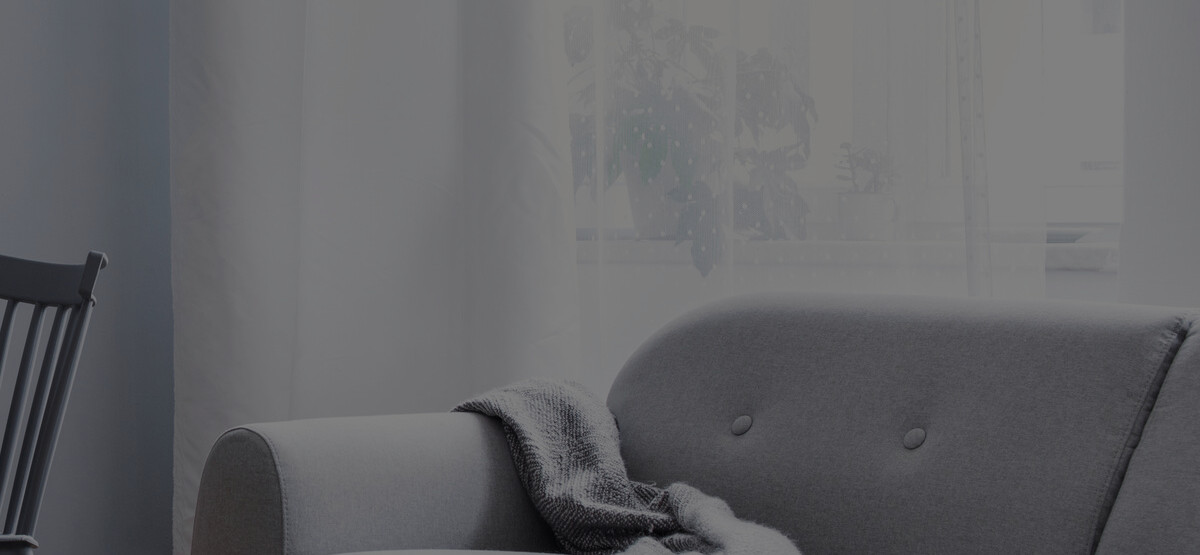Once you’ve decided you wanted to become a minimalist, the next step is to downsize what you have. The aim is to simplify your life through only keeping the items that you cherish or that help you live the lifestyle that makes you happiest.
To find out how you can get started, keep reading!
1. Set goals before you start
Set realistic goals to keep you moving forward. Meditate on your ultimate goal for downsizing. What do you hope to get out of it? More time to travel and spend with friends? Less stress? Eliminating debt? Are you retiring and moving to a smaller space? Write down your primary reason for this lifestyle change and post it somewhere that you can see every day. This will remind you of your purpose and keep you inspired.
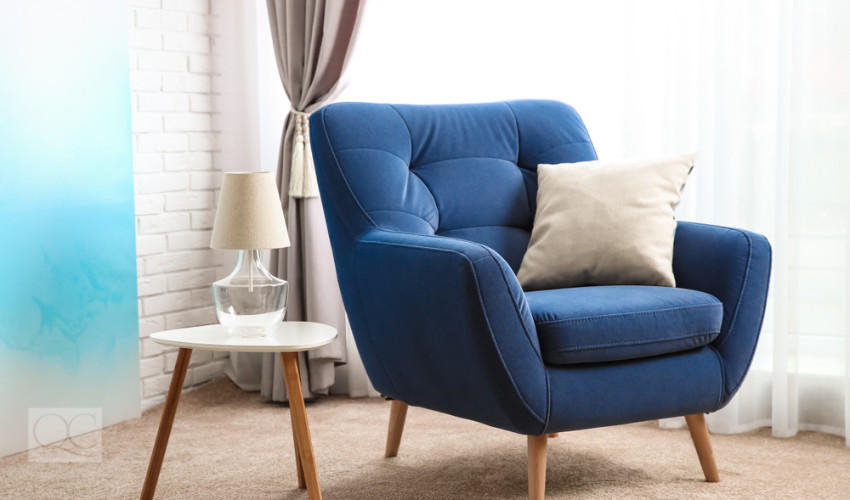
Don’t forget to set a rough timeline of when you wish to be done. Don’t just set aside just one weekend to get it done. It’s just not realistic, especially if you have a large home. Our advice? Create a manageable schedule around your priorities and commitments so you aren’t unintentionally adding more stress to your plate!
2. Declutter
Downsizing starts by taking inventory and prioritizing your belongings. Chances are, you have more useless gizmos than you know what to do with! There are dozens of methods you can try to help you with your minimalist journey. Here are a few popular ones:
Packing Party
This idea comes from The Minimalists! You would box up every single one of your belongings as if you were preparing to move. Then, over the course of the next few weeks, you’ll find yourself going back into those boxes to grab things you needed to use. You’ll quickly start to notice what items are staples in your lifestyle and what items you really don’t need.
This is quite an extreme approach, and it won’t work for everyone – especially those who need to make seasonal lifestyle changes.
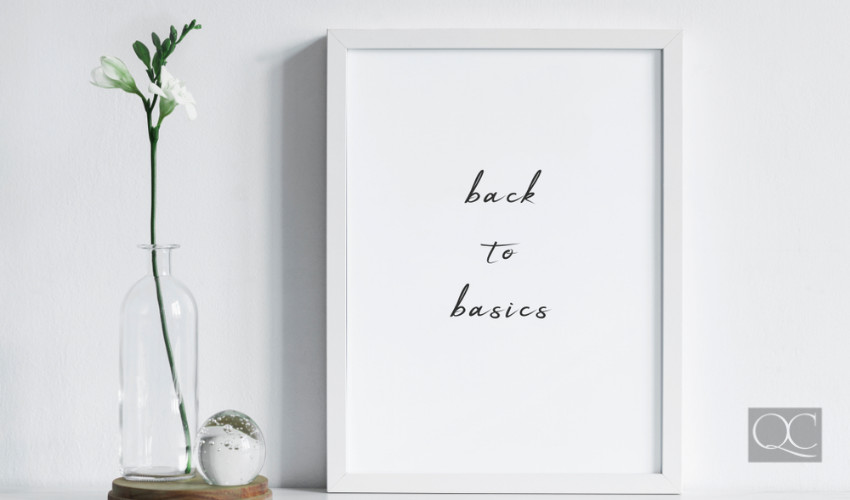
KonMari Method
Created by professional organizing extraordinaire, Marie Kondo, you go through your belongings and only keep items that “spark joy”. You need to individually evaluate all your items, and take them out of context for consideration. This new perspective makes it easier to see if the item truly means something to you instead of letting it blend and disappear into the rest of your stuff.
Her method has a few more rules to keep in mind. Learn more about the nuances of the KonMari professional organizing method here!
Room by room
This method differs just slightly from Marie Kondo’s. Break the house down into sections and tackle the rooms one at a time. Resist the urge to start by sorting through all the rooms at once—you’ll quickly be overwhelmed by the quantity of stuff. Breaking down any great task into smaller components with their own timelines and goals will make organizing a lifetime’s worth of stuff a piece of cake!
Remember: You don’t need to get rid of all your belongings! This is your minimalism journey. Downsize until it’s a comfortable fit for you—not everyone can get by with just 50 things!

What can I do with my decluttered items?
- Give to friends, family, co-workers: If you have items that you think someone in your life would value, give your peers first choice.
- Recycle: Recycle what you can using municipal recycling programs. For any specialty items such as appliances, get in touch with tech-recycling organizations in your city.
- Reuse: That old jar of jam in the fridge? Clean it out and create DIY candles for cozy winter nights!
- Donate: Bring old clothes and textiles to thrift stores, textile recyclers, and shelters. Some programs, like Dress for Success, accept professional attire and provide clothing for those in need to wear to job interviews!
- Sell: Why not make some of that money back—especially if it’s still in great condition? Try online marketplaces such as Facebook Marketplace, eBay, Kijiji, or Gumtree. Before you go spending all your fresh cash, pay off your debts! After that, if you noticed missing items you’d like to have after decluttering, go for it!
3. Eliminate the “maybe” pile
Similar to taking a multiple-choice test, once you make a decluttering decision, stick with it! The longer you contemplate to keep or toss an item, the more likely an object that belongs in the trash bin gets placed into a storage box instead.
We’re all guilty of having a just-in-case box of items in the back of our closets. Hey, six months down the road, you might really need that fax machine. But does it make sense to deem it a necessary item and pack it away?
Sometimes, you should just examine something once (only once). Then, put the unwanted item into a box to get rid of it ASAP. Out of sight, out of mind.

Foolproof tips from certified organizers:
- If you’re moving homes, consider the dimensions of your new home in relation to your stuff. Be realistic and ditch items you can’t make work in your new space.
- Using dividers helps you make the most of your space—even your junk drawer!
- Downsizing doesn’t just apply for physical belongings. Unsubscribing from those marketing emails and deleting unused phone apps are ways to downsize your digital clutter!
- If you live with a roommate, significant other, or family, get them involved, too. You can hold one another accountable and see a drastic change in reducing duplicate items in the home.
- Are you having a hard time getting rid of something? Look for expiration dates, stains, holes, etc. If you can’t mend something, it’s a sign that the product is no longer worth keeping.
- Don’t feel guilty about items you’ve purchased and never worn. Guilt is not a good reason for keeping useless belongings! Give it to friends or donate it—someone else who needs it will make the most of it.
- Don’t buy new storage bins until after you’ve decluttered. If you buy new containers before you organize your items, you’ll just end up adding to the clutter.
- Once you’ve organized and cleaned your home, keep it that way! Don’t just replace all the old items you’ve gotten rid of with brand new ones. Be more mindful of your purchases.
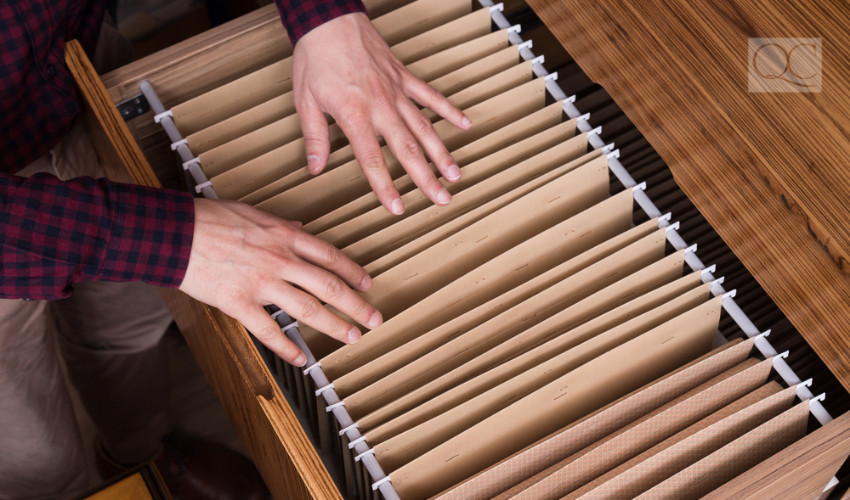
Hire a professional organizer!
Sometimes, no matter how many guides you read, downsizing may still seem like an impossible task. In these cases, we suggest hiring a pro to help you! It’s a professional organizer’s job to help you work through any reservations you have about downsizing. If that’s what’s stopping you, you just need an objective voice of reasoning to encourage you to make decisions. In many cases, you probably know what to do—you just want someone to reinforce your thinking!
Once you’ve pulled everything out of its hiding spot, it’s time to deal with them. Everything that you’ve decided to keep now needs a home. A professional organizer can help you create storage solutions that work for your home and your lifestyle. There is no one-size-fits-all solution! You don’t have to implement everything your organizer suggests—you’re the one living with the changes, after all. But it helps to have new and creative ideas that maximize the newfound space in your home.
The secret to downsizing…
Start today! Don’t schedule a time in the future to tackle it. You’ll often see people making resolutions in October about starting their new fitness regime in January. The truth is, when you do that, you’re increasing your chances of failing.
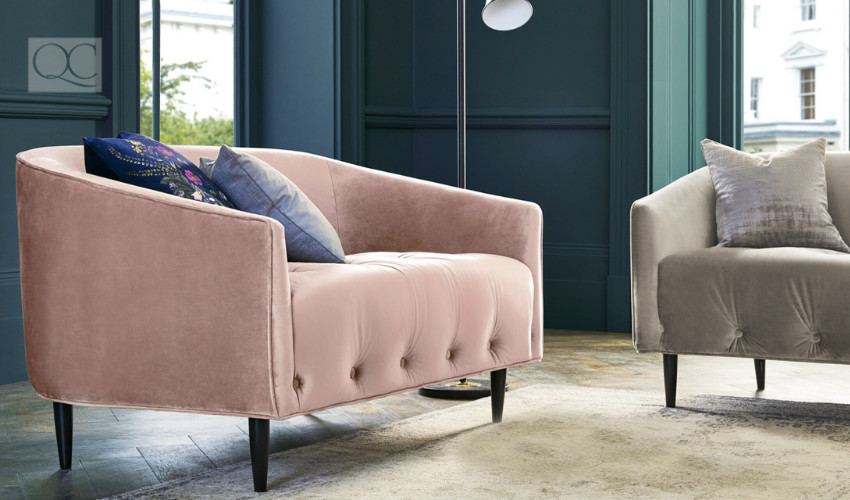
Once you set your mind to decluttering and getting your life organized, start it ASAP! If you wait, you may lose that motivating force that compels you to get going. And you may put it off indefinitely as there never seems to be a “right time”. The right time is now!
Do you have any tips you’d like to share? Leave us a comment!

